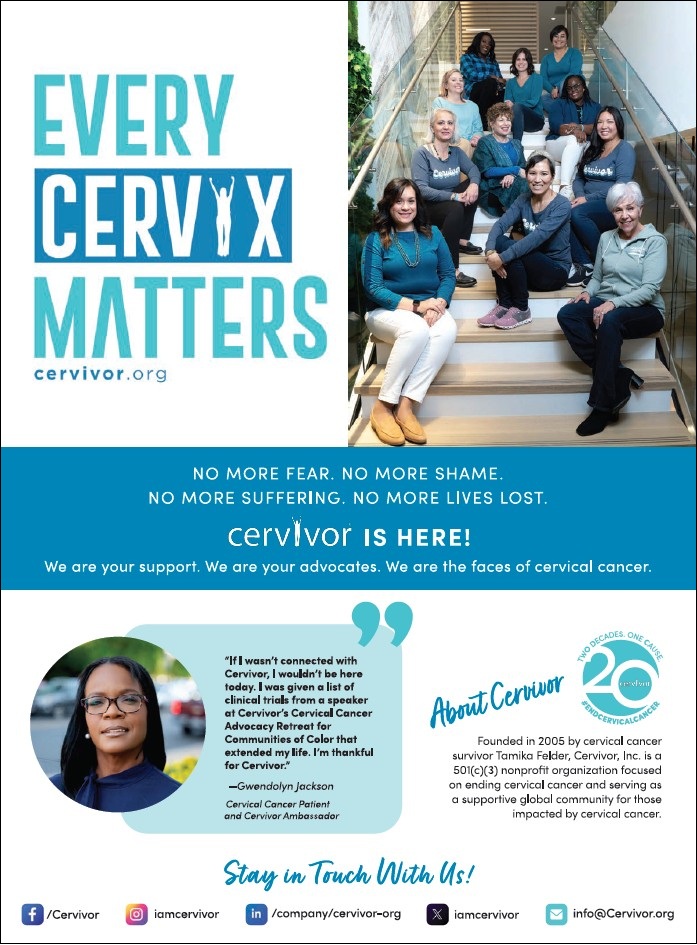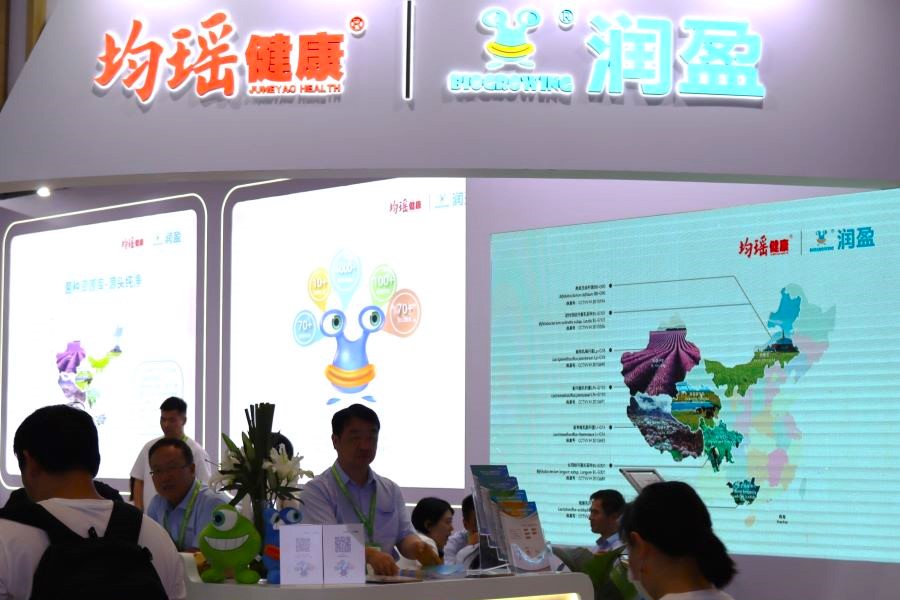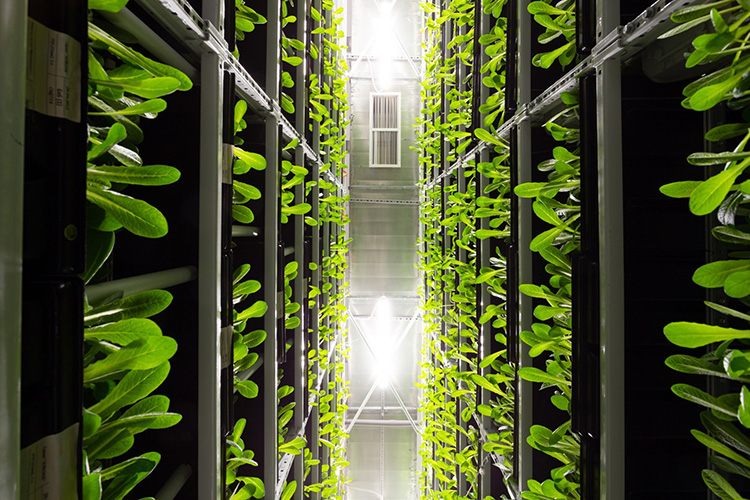Report on the Impact of Federal SNAP Revisions on Sustainable Development Goals in South Carolina
Executive Summary: Alignment with Sustainable Development Goals
Recent revisions to the federal Supplemental Nutrition Assistance Program (SNAP) outlined in the Reconciliation Bill present significant challenges to the achievement of several Sustainable Development Goals (SDGs) in South Carolina. The legislative changes, which include stricter work requirements and caps on future benefit increases, are projected to impact food security, health outcomes, poverty levels, and social inequality, directly contravening the principles of SDG 1 (No Poverty), SDG 2 (Zero Hunger), SDG 3 (Good Health and Well-being), and SDG 10 (Reduced Inequalities).
SDG 2: Zero Hunger – Threats to Food Security
The primary impact of the SNAP revisions is a direct threat to food security for vulnerable populations, undermining progress toward SDG 2.
- Projected Benefit Loss: An Urban Institute study projects that 299,000 families in South Carolina could lose some or all benefits. This includes 59,000 families losing an average of $103 per month.
- Increased Demand on Food Banks: Food assistance organizations, such as Harvest Hope, anticipate a surge in demand as families lose SNAP benefits. This places unsustainable pressure on emergency food systems, which are also facing cuts to programs like The Emergency Food Assistance Program (TEFAP), projected to lose $100 million by 2034.
- Capping the Thrifty Food Plan: The bill imposes a cap on future increases to the Thrifty Food Plan, the basis for SNAP allotments. This measure will likely lead to a reduction in benefits for all recipients over time, failing to account for food price inflation, which rose 23.6% from 2020 to 2024 according to the USDA.
SDG 3: Good Health and Well-being – Nutritional and Health Consequences
The reduction in food purchasing power is expected to negatively affect health outcomes, a direct setback for SDG 3.
- Compromised Nutritional Quality: Organizations like FoodShare South Carolina express concern that families with reduced budgets will be forced to choose cheaper, ultra-processed foods over fresh produce. This shift could exacerbate poor health outcomes in a state that already ranks 37th in the nation for health.
- Impact on Health-Focused Programs: Initiatives like the Fresh Food Box program, which leverages SNAP and Healthy Bucks to make fresh produce affordable, may become less effective as families’ core SNAP benefits diminish.
- Contradictory Policy Goals: The cuts conflict with federal goals to improve national health, as they remove the financial means for low-income families to access nutritious food.
SDG 1 (No Poverty) and SDG 10 (Reduced Inequalities): Disproportionate Impacts
The legislative changes are poised to deepen poverty and exacerbate existing inequalities, affecting specific vulnerable groups and undermining SDG 1 and SDG 10.
Revised Eligibility and Work Requirements
- Expanded Work Requirements: The age for Able-Bodied Adults Without Dependents (ABAWD) subject to work requirements has been raised from 54 to 64.
- Elimination of Exemptions: Previous exemptions for veterans, individuals experiencing homelessness, and youth aging out of foster care have been removed.
- Reduced Parental Exemptions: The age of a dependent child that exempts a parent from work requirements has been lowered from 18 to 14.
Affected Demographics
- Working Families: The changes will affect an estimated 43,000 working families and 48,000 families with children in South Carolina.
- Personal Impact: SNAP recipients report that benefit cuts will force difficult choices between essential needs such as food, laundry, and necessities for their children, directly impacting household financial stability and progress toward alleviating poverty.
SDG 8 (Decent Work) and SDG 16 (Strong Institutions): Economic and Governance Context
The rationale for the cuts is linked to promoting work (SDG 8), but critics argue the approach is flawed and reflects institutional instability (SDG 16).
- Work as a Panacea: Proponents argue the bill encourages work and reduces government dependency. However, critics note that three in four SNAP recipients already work and that benefit cuts are not accompanied by wage increases to offset the loss, failing to address the core tenets of decent work and economic growth for all.
- Policy Instability: Food assistance leaders express frustration with the political volatility surrounding hunger-related policies, which prevents the establishment of stable, effective programs. They advocate for policy-making that views citizens as neighbors in need of consistent support, rather than as constituents subject to shifting political ideologies, aligning with the principles of stable and just institutions under SDG 16.
SDGs Addressed in the Article
- SDG 1: No Poverty
- SDG 2: Zero Hunger
- SDG 3: Good Health and Well-being
- SDG 8: Decent Work and Economic Growth
- SDG 10: Reduced Inequalities
Identified SDG Targets
SDG 1: No Poverty
- Target 1.2: By 2030, reduce at least by half the proportion of men, women and children of all ages living in poverty in all its dimensions according to national definitions. The article highlights that cuts to SNAP benefits will cause significant financial hardship for low-income families. For example, Quazenia Weaver, a mother of three, fears she “won’t be able to go wash clothes” or “buy my daughters what they need,” indicating a direct push towards or deeper into poverty.
- Target 1.3: Implement nationally appropriate social protection systems and measures for all. The article centers on the Supplemental Nutrition Assistance Program (SNAP), a key social protection system in the U.S. The changes and cuts to this program, as detailed in the Reconciliation Bill, directly impact the effectiveness and coverage of this social protection floor for vulnerable populations in South Carolina.
SDG 2: Zero Hunger
- Target 2.1: By 2030, end hunger and ensure access by all people, in particular the poor and people in vulnerable situations, to safe, nutritious and sufficient food all year round. This is the core issue of the article. The cuts to SNAP are projected to cause 299,000 families in South Carolina to “lose all or some of their SNAP benefits,” directly threatening their ability to access sufficient food. The increased reliance on food banks, as stated by Erinn Rowe of Harvest Hope, further illustrates the impending threat to food security.
- Target 2.2: By 2030, end all forms of malnutrition. The article explicitly discusses the risk of increased malnutrition. Omme-Salma Rahemtullah of FoodShare South Carolina worries that families will “slide back into convenience and ultraprocessed food” instead of buying fresh produce like “a head of broccoli and two oranges,” leading to poor nutritional outcomes.
SDG 3: Good Health and Well-being
- Target 3.4: By 2030, reduce by one third premature mortality from non-communicable diseases through prevention and treatment and promote mental health and well-being. The article connects the lack of access to nutritious food directly to health outcomes. Rahemtullah’s concern about families choosing an “ultraprocessed frozen cheese pizza” over fresh produce is linked to South Carolina’s poor health standing, ranking “37th healthiest” in the nation. This implies that the policy will worsen health outcomes and work against public health goals.
SDG 8: Decent Work and Economic Growth
- Target 8.5: By 2030, achieve full and productive employment and decent work for all women and men. The article mentions that a stated goal of the SNAP changes is to “get people working.” The new rules require Able Bodied Adults Without Dependents (ABAWD) to “work, volunteer, or attend school for at least 80 hours per month.” However, the article questions this premise by citing that “three in four recipients do” work already, suggesting the policy may not align with the reality of recipients’ employment status.
SDG 10: Reduced Inequalities
- Target 10.2: By 2030, empower and promote the social, economic and political inclusion of all, irrespective of age, sex, disability, race, ethnicity, origin, religion or economic or other status. The article details how the policy changes disproportionately affect specific vulnerable groups. Exemptions from work requirements are removed for “veterans and people experiencing homelessness” and for those formerly in foster care, while age requirements are changed for parents. This creates different rules for different groups, potentially increasing inequality.
- Target 10.4: Adopt policies, especially fiscal, wage and social protection policies, and progressively achieve greater equality. The article is a critique of a fiscal policy (the Reconciliation Bill) that amends a social protection policy (SNAP). The analysis by food assistance workers suggests this policy will lead to greater inequality by reducing support for the poorest families, including “43,000 working families” and “48,000 families with children” in South Carolina.
Implied Indicators for Measuring Progress
SDG 1: No Poverty
- Indicator: Proportion of population covered by social protection floors/systems. The article provides data on the number of families who will lose benefits (“299,000 families in South Carolina”), which can be used to measure a reduction in social protection coverage.
- Indicator: Household income/expenditure. The average projected loss of “$103 per month” for affected families is a direct measure of reduced disposable income, impacting their ability to afford basic necessities beyond food, as mentioned by Quazenia Weaver.
SDG 2: Zero Hunger
- Indicator: Prevalence of food insecurity. The article implies this will rise, evidenced by the projection that food banks will see increased demand because people “still have to eat.” The doubling of people seeking assistance at HOPE in Lancaster is a direct measure of rising food insecurity.
- Indicator: Affordability of a healthy diet. The article discusses the capping of SNAP’s Thrifty Food Plan, which is a measure of “the cost of groceries needed to provide a healthy, budget-conscious diet.” The rising cost of food (“rose by 23.6% from 2020 to 2024”) against capped benefits indicates a decline in the affordability of a healthy diet.
SDG 3: Good Health and Well-being
- Indicator: Consumption of healthy vs. unhealthy foods. The concern raised about families choosing “ultraprocessed food” over fresh produce serves as a qualitative indicator of dietary quality, which could be measured through surveys.
- Indicator: National/State health rankings. The article cites the “2024 America’s Health Ranking” report, where South Carolina is 37th, as a baseline indicator against which the future health impacts of these policy changes could be measured.
SDG 8: Decent Work and Economic Growth
- Indicator: Labor force participation rate among specific demographics. The policy change mandating 80 hours of work per month for ABAWDs aged 18-64 is a direct attempt to influence this indicator for that specific group.
- Indicator: Percentage of working poor. The article notes that “43,000 working families” and “three in four recipients” who already work will be affected, indicating that the policy impacts those who are employed but still unable to make ends meet.
SDG 10: Reduced Inequalities
- Indicator: Proportion of people living below 50 per cent of median income, by age, sex and persons with disabilities. The article identifies specific groups whose exemptions are being removed or altered (veterans, homeless, former foster youth, parents), allowing for a targeted analysis of how the policy impacts the income and well-being of these specific vulnerable populations compared to others.
Summary of SDGs, Targets, and Indicators
| SDGs | Targets | Indicators |
|---|---|---|
| SDG 1: No Poverty | 1.2 Reduce poverty 1.3 Implement social protection systems |
– Number of families losing SNAP benefits (299,000 in SC) – Average monthly reduction in benefits ($103) – Proportion of population covered by social protection systems |
| SDG 2: Zero Hunger | 2.1 End hunger and ensure access to food 2.2 End all forms of malnutrition |
– Increased demand at food banks – Capping of the Thrifty Food Plan vs. rising food costs (23.6% increase) – Shift in consumption from fresh produce to ultra-processed foods |
| SDG 3: Good Health and Well-being | 3.4 Reduce mortality from non-communicable diseases | – State health ranking (SC is 37th) – Dietary quality (fresh vs. processed food consumption) |
| SDG 8: Decent Work and Economic Growth | 8.5 Achieve full and productive employment | – Work/volunteer requirements (80 hours/month for ABAWDs) – Percentage of SNAP recipients who are already employed (3 in 4) |
| SDG 10: Reduced Inequalities | 10.2 Promote social and economic inclusion 10.4 Adopt policies to achieve greater equality |
– Identification of specific groups losing exemptions (veterans, homeless, former foster youth) – Number of working families and families with children affected |
Source: southcarolinapublicradio.org







